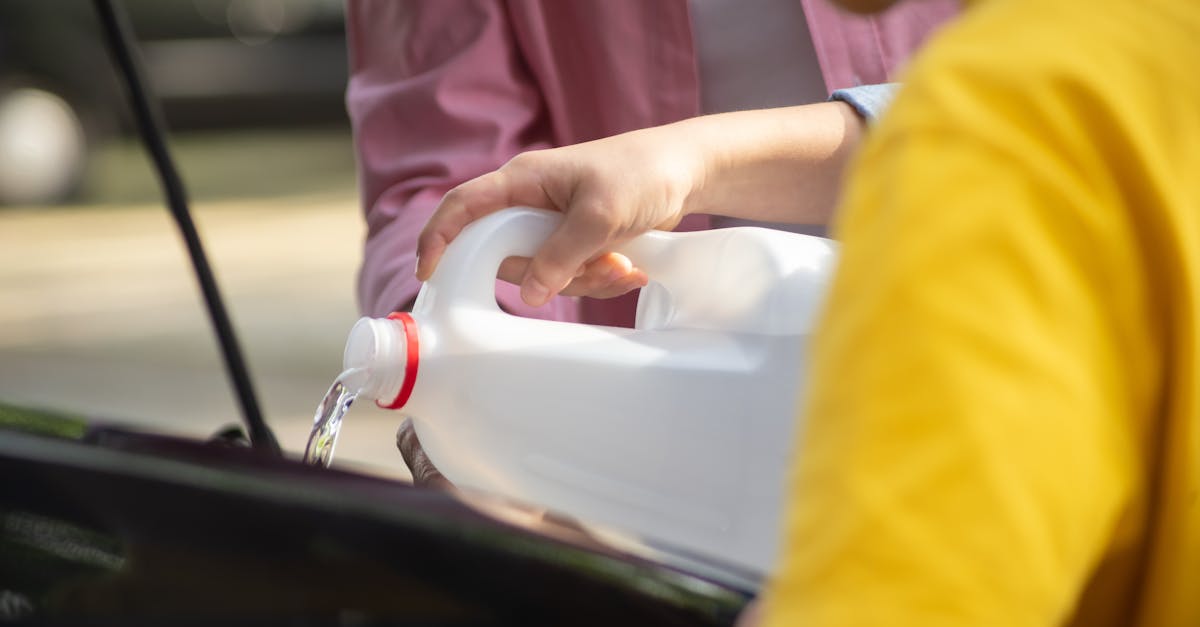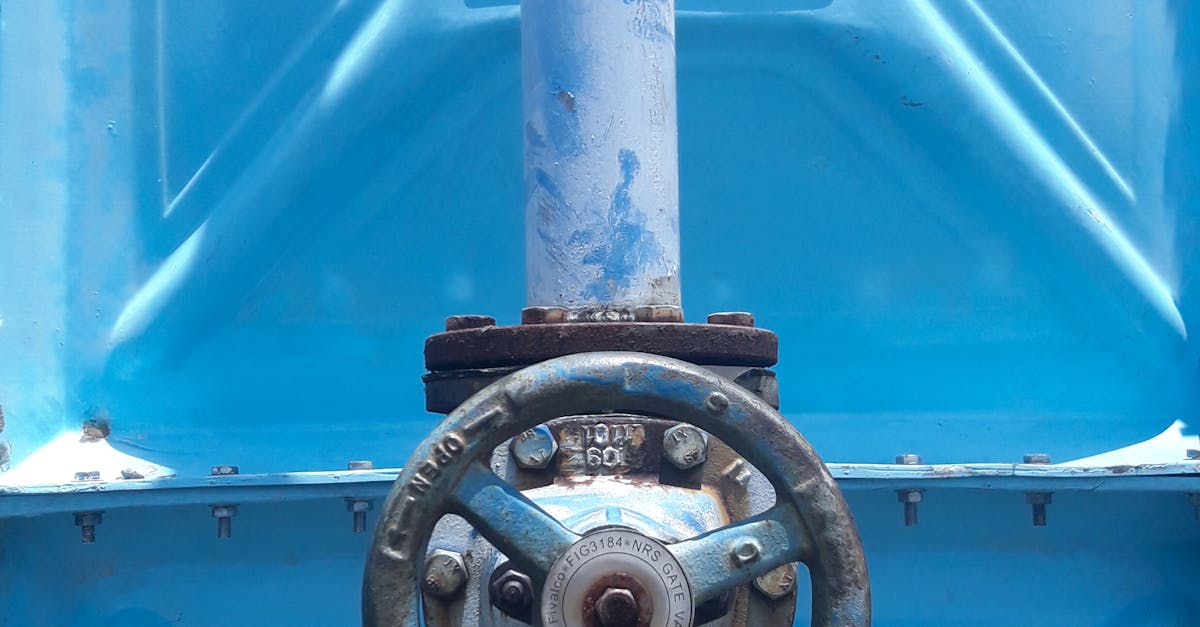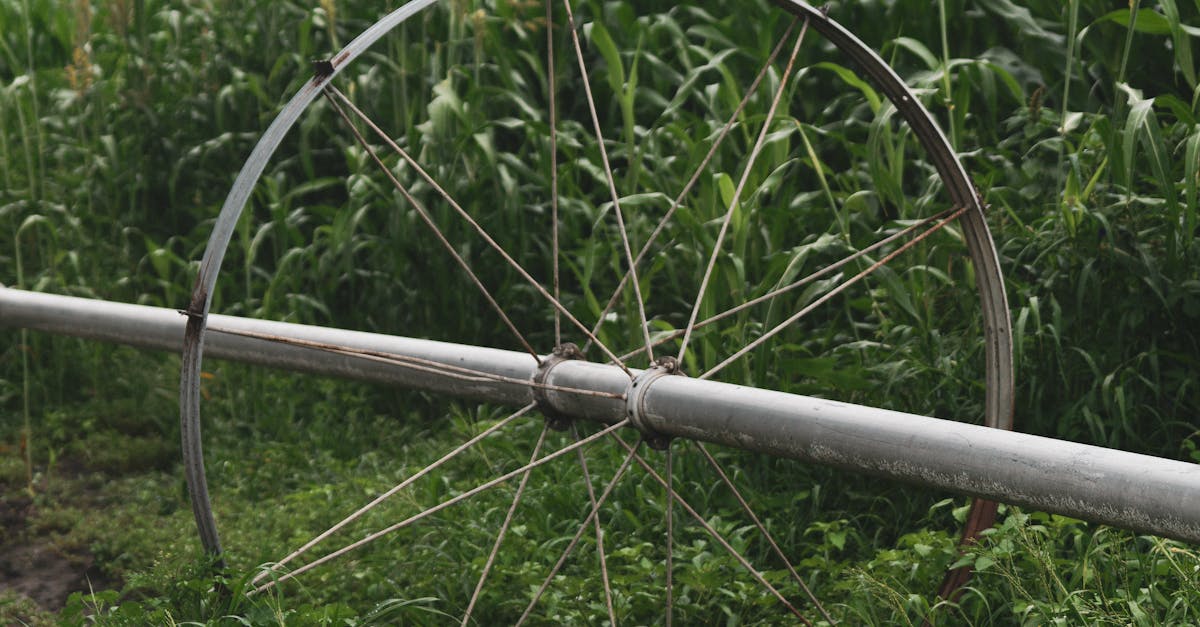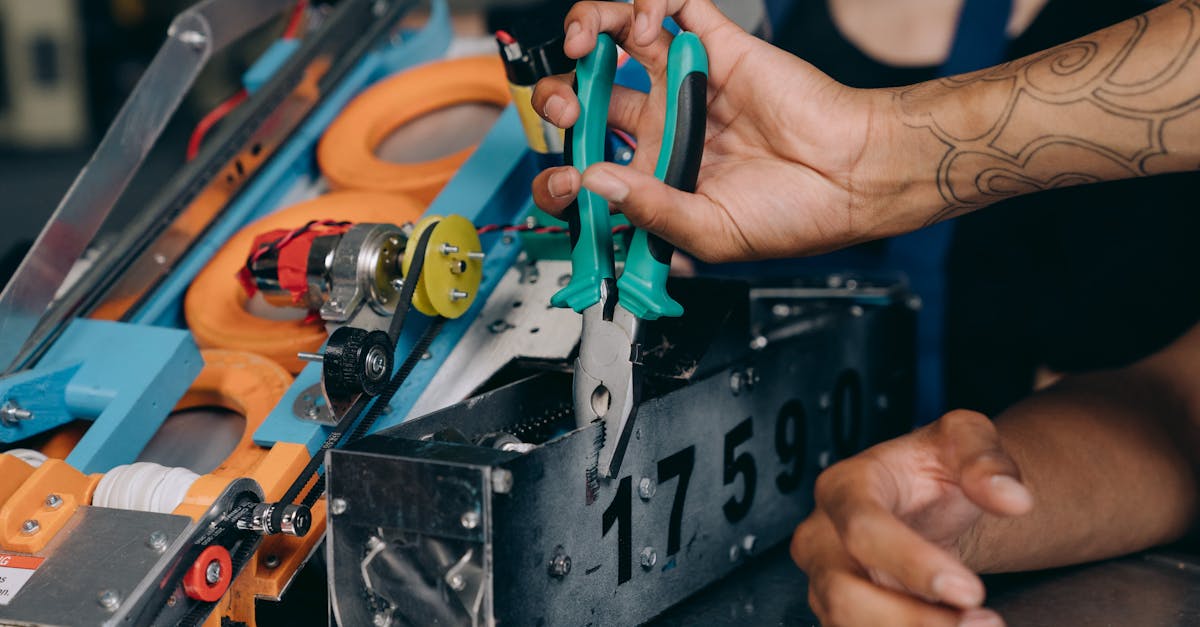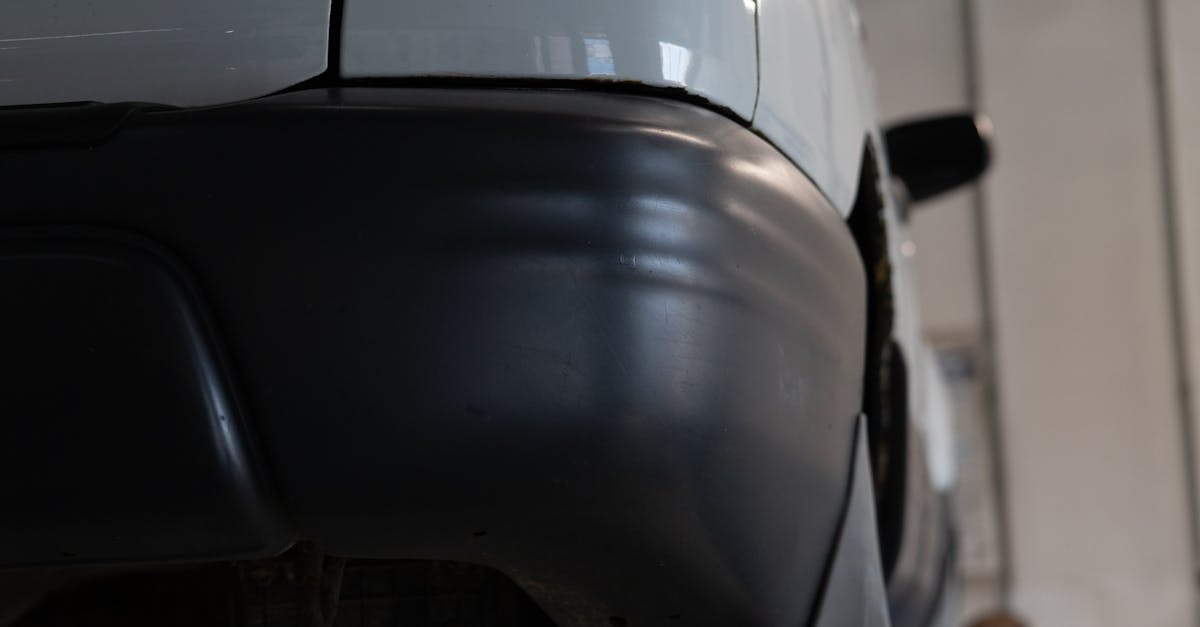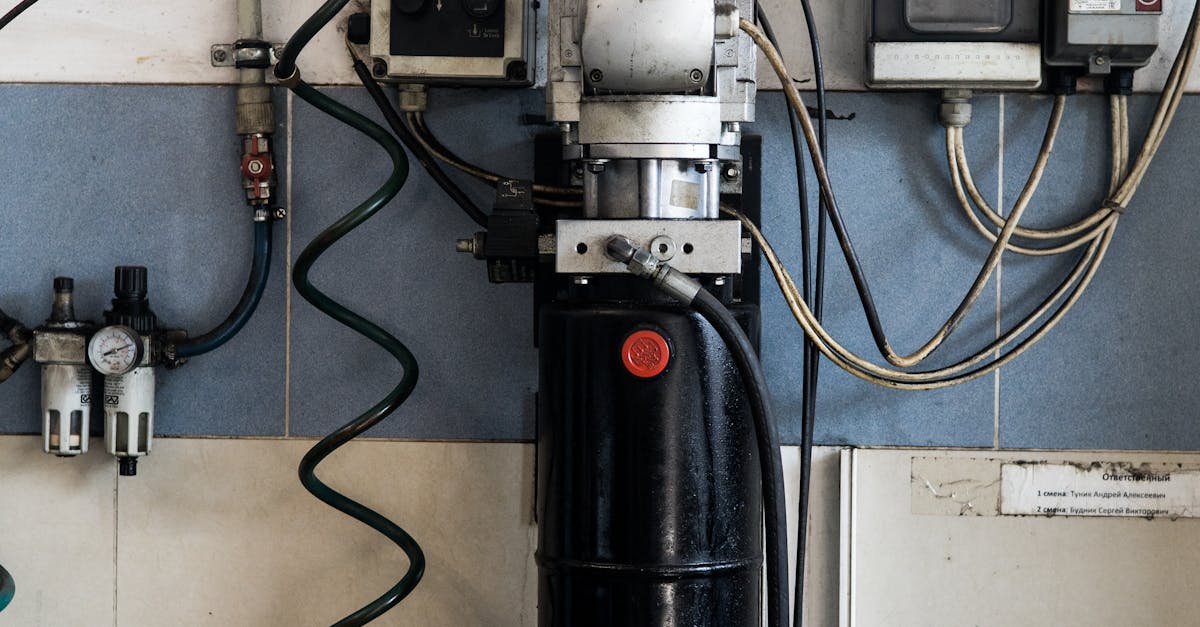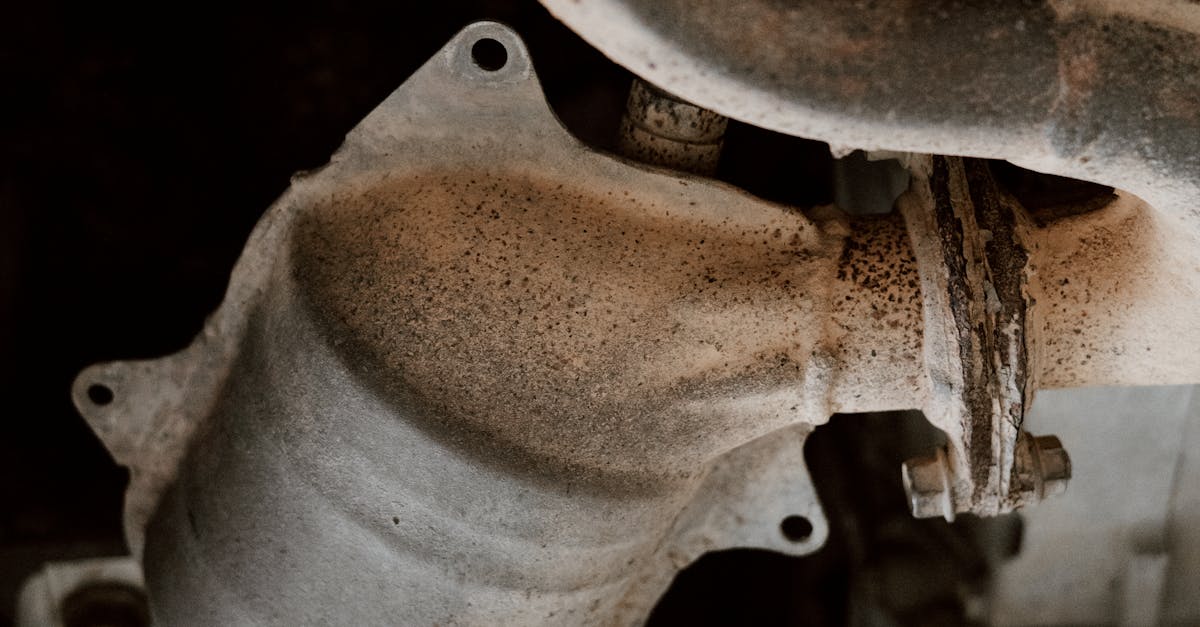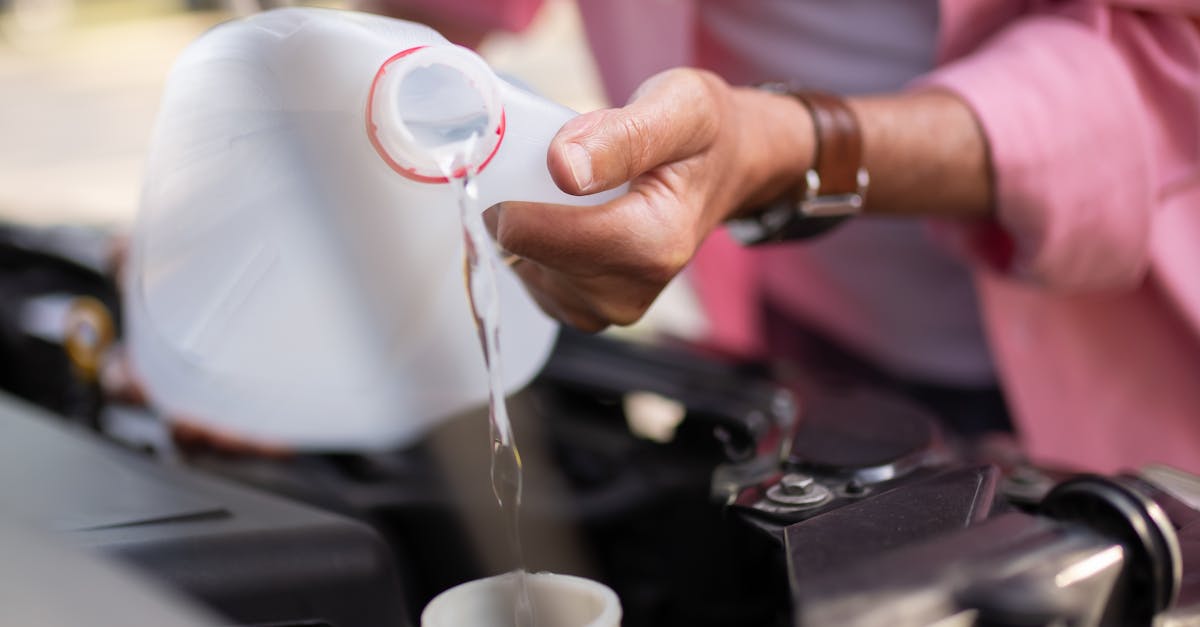
Table Of Contents
Examining the Plumbing System
When dealing with a hot water issue, the first step is to examine the plumbing system in your home. Start by inspecting the pipes connected to your hot water system. Look for any obvious signs of leaks, such as moisture on the exterior or pooling water nearby. Ensure the valves are fully open and functioning correctly. A restriction in the flow can lead to inadequate hot water supply.
If no leaks are visible, check for any blockages in the pipes or fixtures. Mineral deposits can build up in the plumbing, especially in areas with hard water. This blockage can impede the flow of hot water, resulting in less effective performance. Regular maintenance is essential to prevent these issues and prolong the lifespan of your hot water system. In cases where problems persist, hot water system repair may be necessary to restore your water supply.
Checking for Leaks or Blockages
Inspecting the plumbing system for leaks or blockages is essential when experiencing issues with hot water. Start by examining visible pipes for any signs of dampness or water pooling that may indicate a leak. Use a towel to dry the area and monitor it over time. Slippage or corrosion can often go unnoticed, leading to significant water waste and potential damage. A thorough inspection can help detect these faults early and inform the necessary steps for hot water system repair.
Blockages can also impede the flow of hot water. Check any valves and faucets to ensure they are functioning properly. If water pressure seems low, it may be necessary to inspect the entire water line for obstructions such as mineral buildup. Taking proactive measures to clear blockages can improve the efficiency of your system. Regular maintenance will not only enhance performance but may also help in reducing the need for costly hot water system repair down the line.
Flushing the Hot Water Tank
Flushing the hot water tank is an essential maintenance task that can significantly improve its efficiency and longevity. Over time, sediment and mineral build-up can accumulate at the bottom of the tank, leading to reduced heating efficiency and potential damage. By flushing the system regularly, homeowners can prevent these issues, ensuring that the hot water is heated effectively and remains free from contaminants. Regular maintenance can also help spot potential problems before they escalate, making it a valuable aspect of your hot water system care.
To begin the flushing process, first turn off the power supply to the hot water system. This is crucial to avoid any hazards while conducting the maintenance. Next, connect a garden hose to the drain valve located at the bottom of the tank and direct the other end to a suitable drainage area. Open the valve and let the water flow out, observing for any sediment or debris being flushed out. After several minutes, close the valve and remove the hose. If needed, you can refill the tank and restart the system. This simple procedure can greatly reduce the need for professional hot water system repair in the future.
Removing Sediment Buildup
Sediment buildup in a hot water tank can significantly impair its efficiency and performance. Over time, minerals and debris from the water supply can accumulate at the bottom of the tank, reducing the heating efficiency and potentially causing more serious issues. Regular maintenance, including flushing the tank, is essential to prevent this buildup and ensure the system operates optimally. For homeowners, the possibility of engaging professional help for hot water system repair is often a smart choice if the task seems daunting.
To remove sediment, the first step is to turn off the electricity or gas supply and allow the system to cool down. Next, a hose can be attached to the drain valve located at the bottom of the tank. Opening the valve will allow the sediment-laden water to flow out. It may be necessary to repeat this process several times until the water runs clear. After flushing, it is important to close the valve, refill the tank, and restore the power supply. This proactive approach contributes to extending the life of the hot water system while maintaining its efficiency.
Testing for Faulty Heating Elements
When dealing with a hot water system that isn't functioning properly, testing the heating elements is crucial. These components are responsible for heating the water, and if they are faulty, the system may not provide hot water at all. Begin by turning off the power supply to the hot water system to ensure safety. Using a multimeter, measure the resistance across the terminals of the heating elements. A reading that falls outside the acceptable range indicates that the element may be burnt out and needs replacement.
If the heating elements are found to be malfunctioning, a hot water system repair will be necessary. Replacing these components can often restore your system's functionality and efficiency. Carefully remove the old element and install a new one, ensuring all connections are secure. Restore power to the system and test the hot water supply again. Regular checks of these elements can help prevent future issues and extend the lifespan of your water heating system.
Replacing Burnt Out Components
Identifying and replacing burnt-out components is crucial for restoring functionality to your hot water system. If the heating element has failed, the water will not heat efficiently or at all. Begin by turning off the power to the system and draining the tank. This step prevents accidental electrocution and ensures a safe working environment. Once drained, access the heating element by removing the service panel. Using a multimeter, test the component for continuity. If there is no reading, it indicates a burnt-out element that needs replacement.
When sourcing a new heating element, ensure it matches the specifications of your existing unit to maintain compatibility. Install the new element by reversing the removal process, securing it firmly in place, and reattaching the service panel. After making these changes, refill the tank, turn the power back on, and check for leaks. If everything appears to be functioning correctly, you’ve successfully completed a hot water system repair. Regular maintenance checks can help prevent future issues, allowing for efficient operation of your hot water system.
FAQS
What should I do first if my hot water isn’t working?
Start by examining your plumbing system for any visible leaks or blockages, as these can affect hot water flow.
How can I check for leaks or blockages in my plumbing?
Inspect pipes for any signs of leaks, such as water stains or dampness. You can also check fixtures and valves to ensure they are functioning properly and not obstructed.
What is the best way to flush my hot water tank?
To flush your hot water tank, turn off the power supply, connect a hose to the drain valve, and allow the water to flow out until it runs clear, removing any sediment build-up.
How do I know if sediment build-up is affecting my hot water tank?
If you notice unusual noises from the tank, a decrease in hot water supply, or discolored water, sediment build-up is likely the culprit.
What steps should I take if I suspect my heating element is faulty?
Test the heating elements using a multimeter. If you find that they are not functioning, you will need to replace the burnt-out components to restore hot water.

